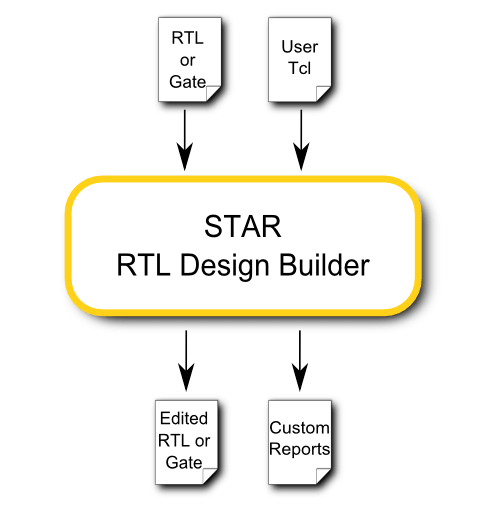I’ve talked with Defacto on and off for several years – Chouki Aktouf (CEO) and Bastien Gratreaux (Marketing). I was in a similar line of business back in Atrenta. Now I’m just enjoying myself, I’ve written a few blogs for them. I’ll confess I wondered why they wouldn’t struggle with the same problems we’d had. Script-driven RTL editing, design restructuring, real enough problems for which a solution is needed only infrequently. Recently I had an animated discussion with Chouki and now I believe I get it.

To explain, I need to back up a couple of steps. First, automating SoC assembly and related functions is now very common. A lot of this process is very mechanical – dropping in IPs and hooking up top level connections, easy to automate through a script and a bunch of spreadsheets. And where it isn’t purely bookkeeping, it lends itself very well to further script-driven additions – in hookup for IO, power management, interrupts, in the software interface through register and memory-map definitions.
IP-XACT was going to be the unifying standard behind all of this, and some organizations bought in enthusiastically – NXP, certain groups in ST and some groups in Samsung for example. Multiple IP vendors also bought in. What’s not to like about having standardized interfaces with your customers?
A lot of design houses weren’t so sure. Their in-house solutions worked fine. When it was time to upgrade, they’d work on the next generation of their solution – I had s similar discussion with Qualcomm years ago – but they weren’t comfortable with going all the way to IP-XACT. They liked the flexibility of being able to go outside the lines if they needed. They also had a lot of legacy databases in CSV and other formats they knew how to read, which would be a hassle to manage in switching to the standard.
But they still liked IP-XACT (along with other views) as a way to get IP from vendors. In other words, they wanted it all. Standards where it suited them, backward compatibility with legacy data, and flexibility to adapt and innovate at their pace, not the pace of an industry standard.
This is not a great starting point for a canned product. It’s a much better recipe for a platform/infrastructure product. Something that will take care of the mechanics of reading and writing multiple formats, from CSV, to Excel, to RTL to IP-XACT, etc, and provide a centralized object model, on top of which you can script to read, write or modify to your heart’s content.
Who cares about this? Pretty much anyone doing SoC design. It doesn’t take a lot of effort to figure out that Apple, Google, Samsung, Qualcomm, storage guys and many others are recruiting people with IP-XACT expertise and/or talking about what they’re doing in a variety of conferences. I’m sure none or few of them are diving head-first into full-blown IP-XACT. I didn’t get this from Defacto, I just did a little searching.
So the big reveal – this is what Defacto is providing. An infrastructure to take care of all the read, modify, update mechanics across all these formats through a unified, persistent datastructure, letting customers build their value-add in scripting on top of APIs to the object model. They also provide a number of implementation-centric functions and checks.
Now that makes sense to me.
You can learn more about Defacto HERE.
Also Read
Another Application of Automated RTL Editing
Analysis and Signoff for Restructuring
Share this post via:





Comments
There are no comments yet.
You must register or log in to view/post comments.